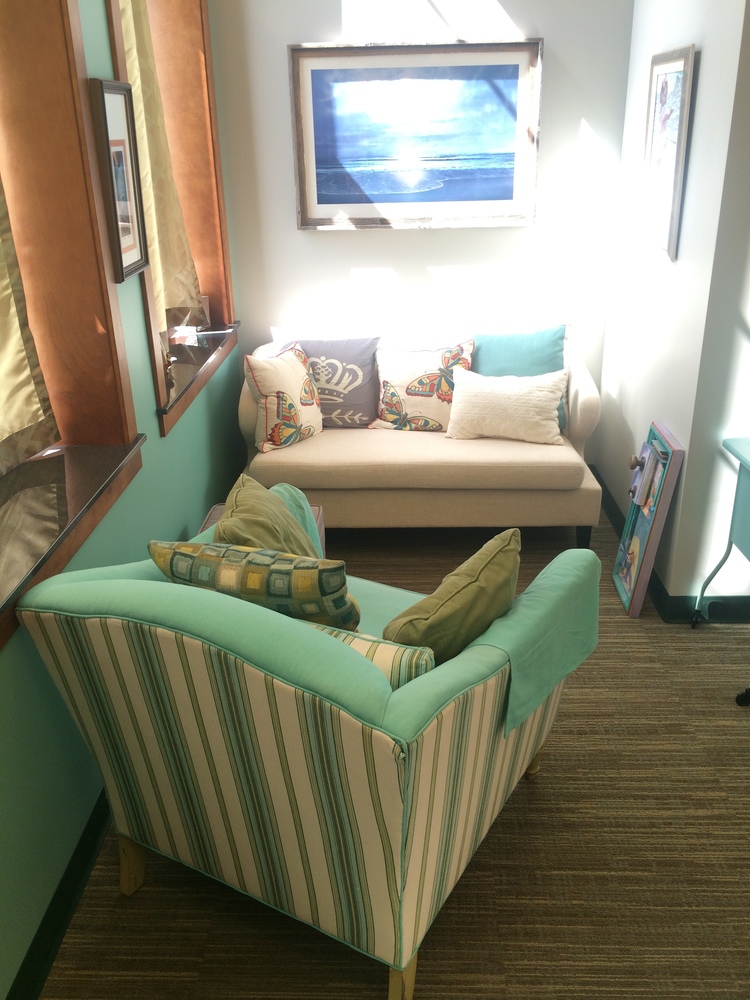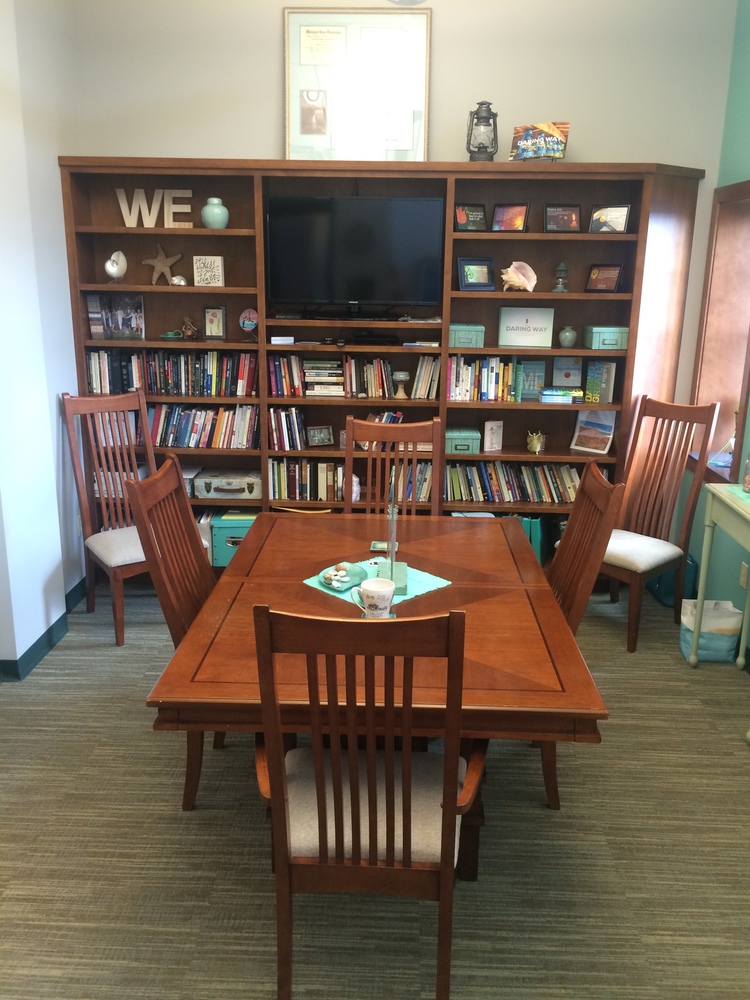“What cannot be mended must be transcended.”
--Ursula LeGuin, in her afterward of the book Tehanu
One of my heroes is Ursula LeGuin. A living legend, she is not only a writer with countless awards; she is a scholar of the Tao Te Ching. This clearly comes through in her Earthsea books[1]. Recommended by my counselor in Atlanta while Beth was attending seminary, they helped me alter the course of my life. Her consciousness-expanding allegory shifted my perspective from an entrenched worldview that left me angry, frustrated, and saddened by our world to one that introduced hope and a more rigorous and honest look at myself. This series of books encourage the reader to bring to light the aspects of self that most of us are reluctant to acknowledge and address. The shadow as described by Jung is used as a character within the stories. This shadow, released into the world by an impulsive act done by a powerful but naïve protagonist in his youth serves to be his greatest teacher after he runs to The Farthest Shore trying to avoid it.
From the work I did with my counselor with inspiration from these books, my life entered a new chapter that acknowledged the depth of pain, sorrow, and grief I felt without crippling me. Instead, it strengthened me. It allowed me to move into a more hopeful, creative, and compassionate way of living, starting with compassion for myself.
There is brokenness in living a life. It starts early and it just keeps going. What are we to do with this truth? LeGuin’s afterward continues with these words:
Maybe the change coming into Earthsea has something to do with no longer identifying freedom with power, with separating being free from being in control. There is a kind of refusal to serve power that isn’t a revolt or a rebellion, but a revolution in the sense of reversing meanings, of changing how things are understood. Anyone who has been able to break from the grip of a controlling, crippling belief or bigotry or enforced ignorance knows the sense of coming out into the light and air, of release, being set free to fly, to transcend.
This portion of Ursula LeGuin’s comments on her brilliant set of novels resonated with me as a calling to all sentient beings for the work that lies before us. Tehanu was written about ten years after the third book in the series, The Farthest Shore. It tied together many aspects of the story about characters that were left broken and with many unanswered questions. She admits it took that long for her to work out how to continue the story, and it was worth the wait. She writes with astounding wisdom.
Thoughts are things. We can be addicted to beliefs that may have no basis in reality. Addiction is not limited to mind altering chemicals. The mind can be altered by thoughts, feelings, and by the misinterpretation of perceptions. All this is dealt with in the world’s great wisdom writings, like the Tao te Ching and Patanjali’s Sutras, to name two I’ve studied. I might add the book of Proverbs to that list.
Energy follows thought. The force of our life energy is something we have the ability to shape, cultivate, grow, and bring forth into the world. The Tao te Ching has a central theme. It is described as wu wei, the way. I cannot begin to characterize it, for it is equally elusive and obvious. One has to work to overcome human nature in order to see clearly, but the way is the way is the way. It becomes clear when the ego is defeated and we can see without self-interest. That is, to say the least, easier said than done.
What LeGuin says is profound advice for our world today.
Freedom does not mean power.
Being free does not mean being in control.
The refusal to serve power is a revolutionary act.
There are better things to serve.
The discipline it takes to see clearly without ego is formidable.
It is a job that is never finished, but what a worthy goal to put one’s energies toward!
There are many things that cannot be mended; yet there is a way to practice seeing the world that allows you to be free of ignorance and judgment. You can see others as really doing the best they can, you can forgive yourself and keep trying, and you can enjoy the beauty of the world and appreciate the transcendent light that suffuses it.
[1] A Wizard of Earthsea, The Tombs of Atuan, The Farthest Shore, Tehanu.




















